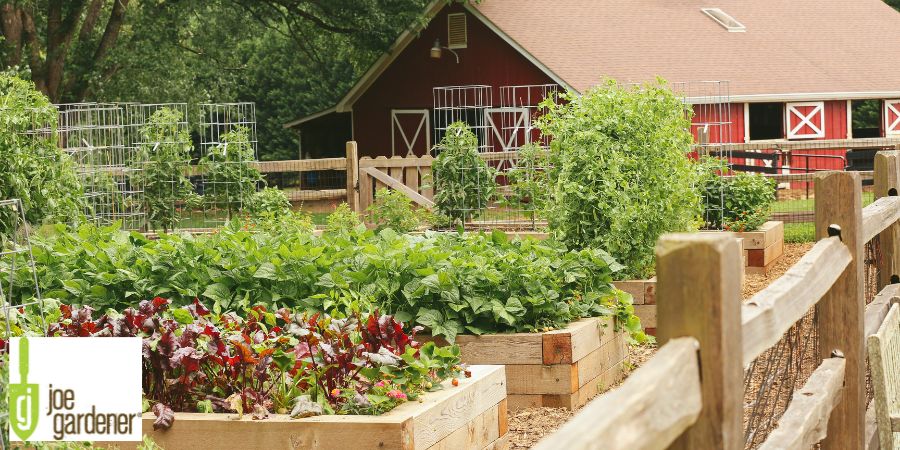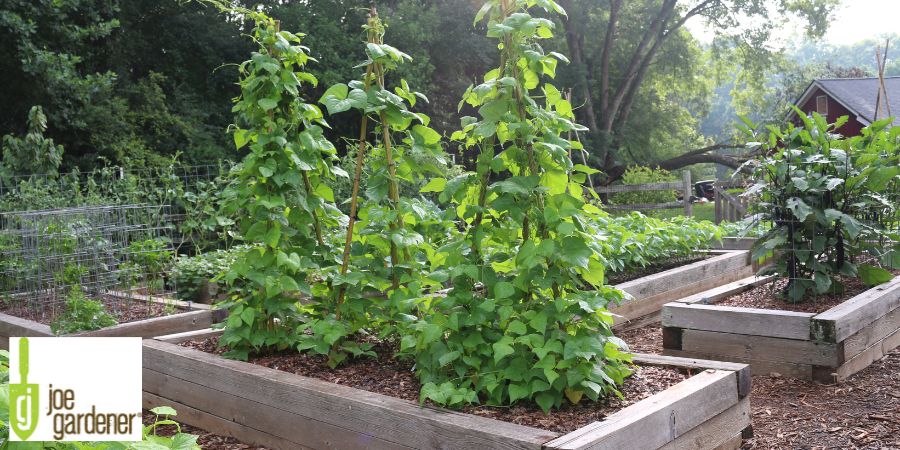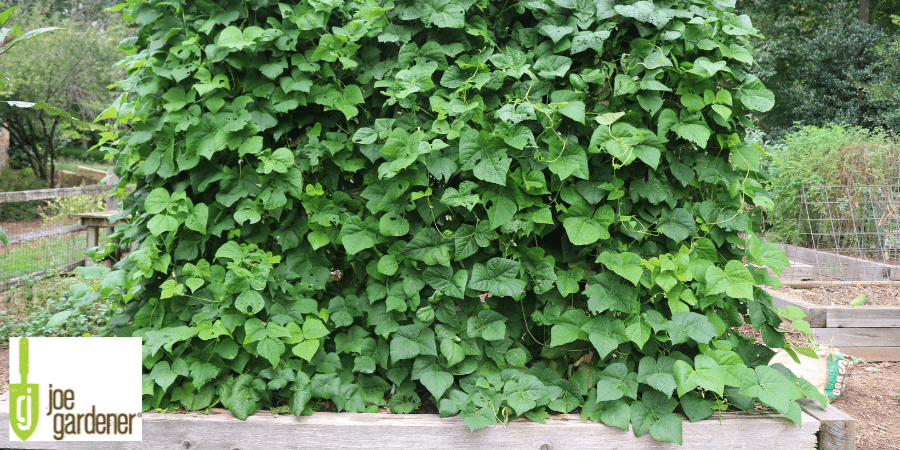Designing Your Garden for Better Yields
- Gardening Expert and Host of Growing a Greener World®April 1, 2023
Where you place your plants in the garden has a lot to do with their overall health and productivity. When planning your garden layout, making the right design decisions will lead to more vigorous plants and better yields.

Vegetable plants love sun, and the more sun we can give them, the better. Your vegetable garden should be located in a spot that gets “full sun” — meaning for six to eight hours a day, if not longer, sunlight is hitting the garden, unimpeded by trees or buildings.
Ensuring that you’re taking advantage of all the direct sunlight your garden receives starts at planting time. Even though you may be planting into a blank canvas, it’s important to keep in mind the height and width of each plant when it reaches maturity, so the tallest plants don’t shade out the shortest ones.
Because of the earth’s tilt, in the Northern Hemisphere, the most consistent sunlight comes from the south. And keep in mind that the sun rises in the east and sets in the west.
To reduce shade issues in your garden, site the tallest plants along the north or west side and the shortest plants on the south or east side. This way, both the short and tall plants will benefit from having a southern exposure.
For example, if you are planting a garden bed with pole beans, eggplants and cucumbers, the pole beans would go on the north side, the eggplants would go in the middle, and the cucumbers, sprawling on the ground, would go on the south side. Of course, if you are growing the cucumbers up a trellis, they should go in the middle, because they will grow taller than the eggplants but not as tall as the pole beans.

Pole Beans on a Trellis
And if you choose to orient your garden from east to west, the tallest plants would be sited on the west side, so all of the plants will benefit from the morning sun as it rises in the east, and the shortest plants will experience the least amount of shade over the course of a day.
Spacing is another design issue that trips up many beginner gardeners. When sowing a tiny seed or transplanting a seedling, it’s difficult to picture just how large it will become. If you fail to leave adequate space between plants, they will compete for resources (nutrients and moisture) and will shade each other out. Crowded plants also don’t get enough airflow, so the foliage stays wet for a long time after it rains, making the plants more susceptible to disease.
A garden with a few plants that are properly spaced will be more productive than a garden that has twice as many plants but suffers from overcrowding. If you have already made this mistake, you can still thin your plantings until those that remain have the space they’ll need to grow to their full potential. If you haven’t planted yet, refer to the seed packet for instructions on how far apart each row should be and how many seeds per inch to plant in each row. The seed packet will likely also recommend thinning, leaving behind the most promising seedlings.
If your garden is tight on space but you’d still like to grow more, trellises are the way to go. Trellises may be flat, arched, two-sided like a ladder, or pyramid shaped. No matter the design, the idea is the same: grow vertically, so you can fit more plants per square foot. Trellises also have the benefits of keeping plants off the soil, which reduces occurrences of soil-borne diseases and critter damage.

Two-Sided Ladder Trellis
I’ll leave you with one last way to use garden design to increase yields: Use wire or PVC garden hoops, oriented north-south, in your garden beds so you can easily install row cover in early spring and then again in fall. Using row cover allows you to plant out sooner when the growing season is just getting started, and it will extend your harvest longer into fall. This season extension technique will give you more food from your garden without adding a single square foot. Plus, row cover keeps out pests that munch on plants and spread pathogens. Your plants will be less stressed and more productive.

